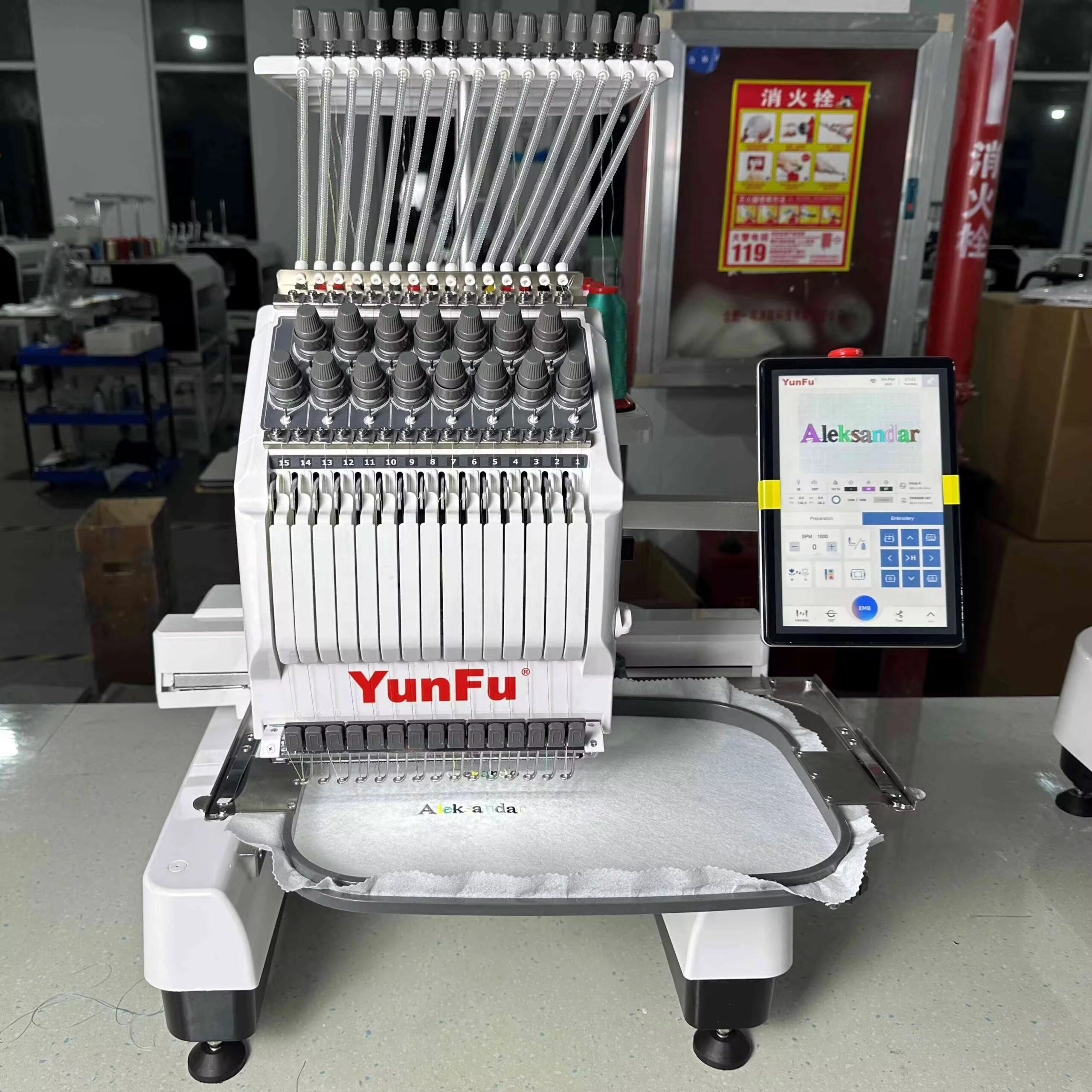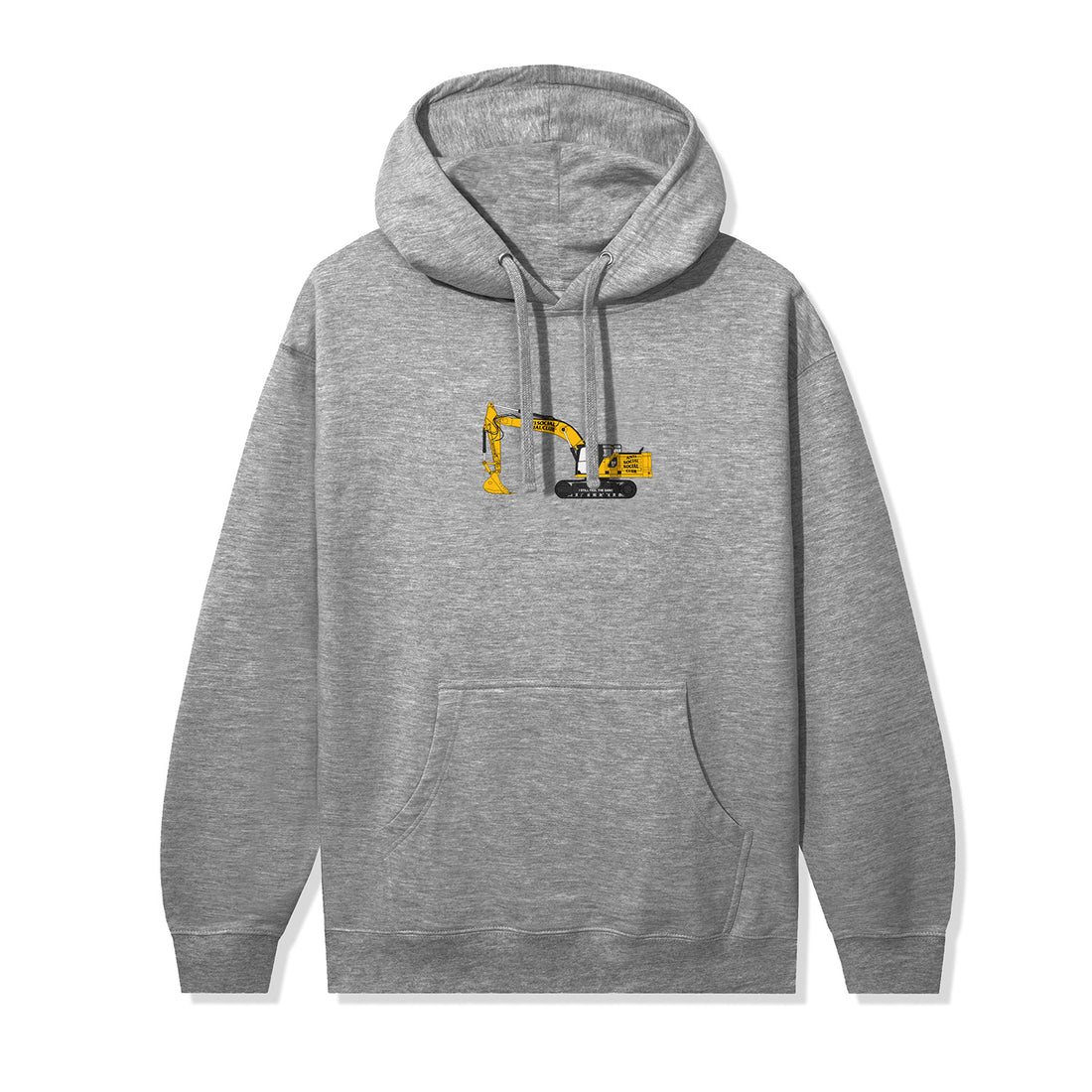Introduction
Ready to take your digitizing embroidery beyond flat designs? Advanced digitizing embroidery techniques can transform ordinary stitching into dimensional artwork that pops off the fabric. From the raised texture of 3D puff to the mixed-media appeal of appliqué, these digitizing embroidery methods open new creative possibilities – if you know how to execute them properly.
After creating hundreds of specialty digitizing embroidery samples, I’ve broken down exactly how these advanced techniques work in the world of digitizing embroidery:
- The science behind 3D puff embroidery
- Step-by-step appliqué digitizing
- When to use each technique
- Common mistakes that ruin effects
- Professional tips for flawless results
Whether you’re embellishing hats or creating statement patches, these techniques will add wow-factor to your work.
3D Puff Embroidery Demystified
How It Actually Works
3D puff isn’t magic – it’s careful engineering:
- Foam is cut to the design shape
- Stitches compress the edges
- Center stitches leave foam expanded
- Heat treatment sets the shape
Digitizing for Puff Effect
Key settings to adjust:
- Stitch density: 30% less than flat embroidery
- Underlay: Zigzag works best
- Stitch direction: Radiating from center
- Trim settings: Precise jumps critical
Ideal Applications
- Baseball caps
- Logo accents
- Text with impact
Mastering Appliqué Digitizing
The Appliqué Process Breakdown
- Placement stitch outline
- Fabric piece positioned
- Tack-down stitches
- Decorative edge finish
Digitizing Considerations
For Clean Results:
- Allow 1-2mm fabric overlap
- Use satin stitch for edges (1.5-3mm width)
- Program precise trim points
Fabric Choices:
- Cotton: Easiest to work with
- Denim: Great for rugged look
- Specialty: Sequins, leather, etc.
Combining Techniques
Puff + Appliqué Hybrid
Create dimension with:
- Puff base layer
- Appliqué top layer
- Accent stitching
Design Planning Tips
- Limit to 1-2 focal elements
- Ensure proper spacing
- Consider wearability
Specialty Thread Effects
Metallic Thread Techniques
Digitizing Adjustments:
- Reduce speed by 30%
- Increase stitch length
- More frequent trims
Variegated Thread Magic
Make the most of color-changing thread:
- Plan color transitions
- Adjust stitch length
- Test multiple directions
Common Advanced Technique Mistakes
3D Puff Pitfalls
- Too dense: Crushes foam
- Poor underlay: Collapsing shapes
- Wrong foam: Using craft foam
Appliqué Errors
- Inadequate overlap: Fraying edges
- Poor trimming: Bulky corners
- Wrong stabilizer: Puckering
Professional Equipment Tips
Must-Have Supplies
For 3D Puff:
- High-density foam (1.5-3mm)
- Sharp cutting tools
- Heat gun for finishing
For Appliqué:
- Fabric adhesive spray
- Precision scissors
- Temporary spray adhesive
Machine Settings
Universal Adjustments:
- Slow maximum speed
- Increased top tension
- More frequent needle changes
Step-by-Step: Creating Your First 3D Puff Design
1. Design Preparation
- Simplify complex elements
- Minimum 3mm thickness
- Avoid tiny details
2. Digitizing Workflow
- Create normal flat version
- Reduce density by 30%
- Add zigzag underlay
- Adjust stitch directions
3. Production Tips
- Hoop tightly
- Use topping stabilizer
- Trim foam close to stitches
Appliqué Project Walkthrough
Choosing Your Fabric
Consider:
- Weight matching base material
- Fraying characteristics
- Wash compatibility
Digitizing Sequence
- Placement line (running stitch)
- Tack-down (zigzag)
- Decorative edge (satin)
Sewing Order
- Stitch placement line
- Adhere fabric piece
- Complete tack-down
- Finish edges
FAQ
How long does 3D puff last?
Properly done, 50+ washes. Foam quality matters.
Can you do appliqué on caps?
Yes, but requires curved hoop and careful planning.
What machines handle these techniques?
Most commercial machines can with proper setup.
Is specialty digitizing expensive?
Typically 30-50% more than flat embroidery.
Conclusion
Advanced techniques like 3D puff and appliqué transform ordinary embroidery into dimensional art. Remember:
- Each method requires specific digitizing approaches
- Material choices make or break results
- Testing is non-negotiable
- Professional tools yield better outcomes
Start with simple designs, master the basics, then combine techniques for show-stopping creations. Your embroidery will never look flat again.



